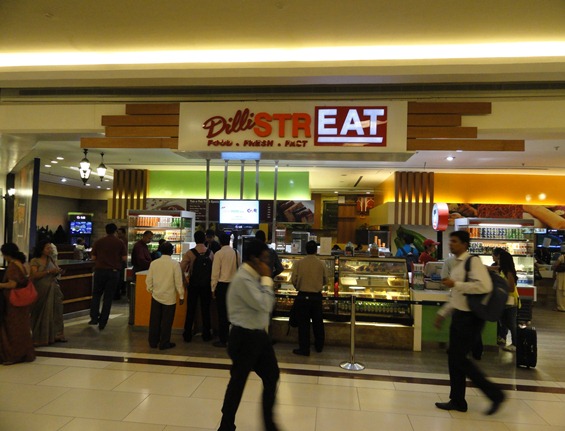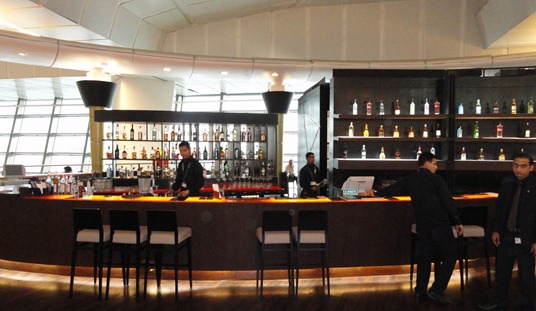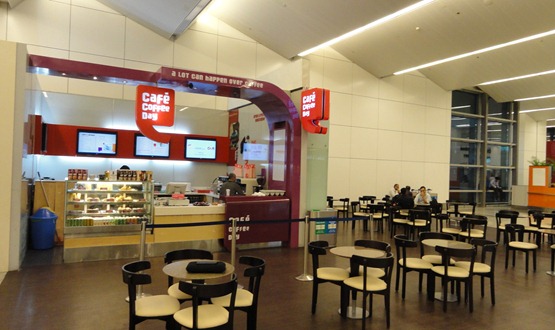There has been a lot of furore over the recent so called “indecent” advertisements in the mainline media by “Flying Machine” (FM), a popular denim wear brand in India for close to two decades now. The brand, which was one of the earliest entrants in the denim wear market competed with international ones such as Lee, Levis and Pepe since the late 90s and has hence maintained its position as an entry level fashion wear due to its affordable price tag and distribution reach – since it shares shelf space with other brands such as Arrow and Lee from the house of Arvind Mills. The debate is about how much indecent an ad can get and what the society would feel rather than its impact on sales! Well.
(Suggested reading: National Shopping Day)
Denim Market in India is highly unorganized – with less than 25% of all denim wear sold at Organized retail outlets such as Shoppers Stop, Lifestyle, Central Malls, MegaMart, Brand Factory, Fashion @ Big Bazaar and other exclusive brand stores. We have denim wear (bottoms) starting from as low as Rs. 200 (1 USD = Rs. 48 approx) on footpaths at Linking Road in Mumbai, Janpath in New Delhi, Commercial Street in Bangalore, etc. to over Rs. 10,000 across premium brands such as Tommy Hilfiger and Diesel and in the range of Rs. 20,000 – Rs. 40,000 across exclusive luxury brands such as Versace and Armani. Denim for long was not considered a comfortable dress to use in India due to various reasons;
- The texture/fabric was rather thick – and many thought it wasn't suitable to wear during hot and humid weather which is the case across the country for 6-9 months a year
- Washing the Denim wasn’t an easy affair since most households (in the urban areas) didn’t have Washing machines and maids would complain washing denim by hand due to its heaviness when soaked in water
- It wasn’t well accepted in the society – Colleges had banned them, Offices preferred formal attire and hence Denim was rather dedicated for a select few special occasions
- Women were not the main Target consumers, essentially because denim bottom wear couldn’t be well coordinated with other dresses in the wardrobe
- Blue and Black were the only colours mostly and the “fit” was standardised
Things have changed and how over the last decade!
The fabric has been well-treated to ensure it is light-weight and easy to wear. Also most reputed brands mix denim with cotton fabric, thus ensuring sweat is absorbed and hence making it a comfortable thing to wear all through the year. A fully automatic Washing Machine from a reputed brand that used to cost over Rs. 20,000 during the early part of the past decade is almost half the price now. Most urban households have moved away from the concept of house maids (especially for washing clothes) and now boast of semi-automatic or even fully-automatic washing machines which also dry the clothes after washing within an hour! Most colleges do not have such bans anymore, as long as the students wear decent clothing! More and more offices are moving towards smart work-wear and hence denim (especially on Fridays / Weekends) at most offices and all week across companies in the IT and ITES sectors, Ad agencies, etc. is an accepted norm. Denims are now available in various colours and women coordinate with traditional looking “Kurtis” or short-tops. To the benefit of consumers and retailers, the market has indeed evolved for good. The number of “fits” available today is exhaustive and one can really choose the best fit for oneself – mostly across brands.
(Suggested Reading: Customer Service)
So, do brands in this space still need controversial aspects to advertise, to divert attention? FM is not the only exception. During a Fashion Show last year, actor Akshay Kumar, the brand ambassador for Levi’s walked up to his wife and yester year actress Twinkle Khanna who was seated in the front row for her to open the button fly in full public view! The act was a trending video online and the photos would have been searched a zillion times! Bizarre, some quipped. What a great attention seeking tactic, many others said. “Seeking Cheap Publicity” – a few blasted. Well, no more than that.
Leading Business newspaper The Economic Times has carried an interesting article over the weekend that illustrates how internationally denim brands use controversial advertisements and other such acts especially in the print media to create attention. The big question though is “Has it increased Sales?”. the answer is a big NO. But what it does is create a flutter effect – people get talking about it and the word spreads faster these days than before, thanks to powerful social media tools such as Twitter and Facebook. For Retailers (and Brands), the most important outcome for any investment is a substantive increase in footfalls at its stores. Research has it that only 30% of men and 60% of women who enter a store undertake “product trials”, however over 80% of those who took a trial end up buying the product. And this applies all the more for Denim-wear because each fit is different and unique in its own sense. Now, do such Ads pull shoppers into the stores? No. And hence the question of “new trials” doesn’t arise. However, Ad agencies benefit enormously in the meanwhile. #justsaying
(Suggested Reading: The Levi’s way of collaboration)
I bet if such ads are a great way of brand-building, especially when the Brand is communicating to middle-class masses who neither understand nor appreciate such bold communication. It is a lot different when showcased at Fashion Weeks in London or Lisbon, Paris of New York. For now, the focus should be on creating Ads that have a pull-effect; one that attracts the eye of potential shoppers and drives them to the stores. If not anything, the Retailer’s names and contact numbers could have been a font bigger in the said Ad. If only someone is wanting more footfalls, that is.
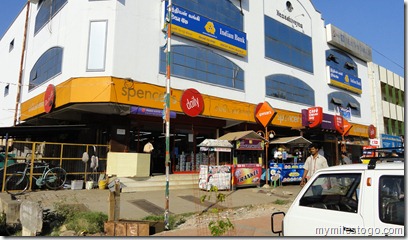

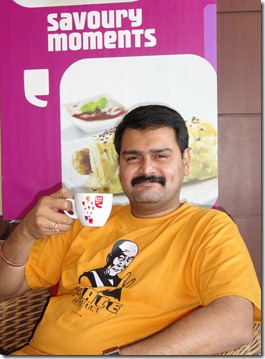
 Photo courtesy: krishmall.blogspot.com
Photo courtesy: krishmall.blogspot.com
